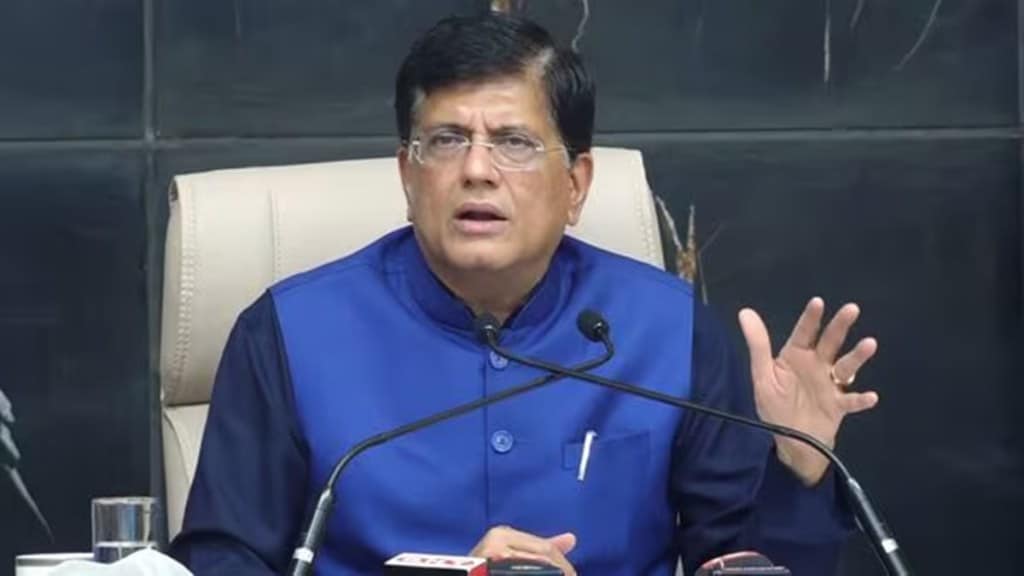Talks between India and the US on the Bilateral Trade Agreement (BTA) are progressing in a positive atmosphere and both sides are satisfied with the progress made so far, the commerce and industry minister Piyush Goyal said Thursday.
“Prime Minister Narendra Modi and US President Donald Trump had instructed the trade ministers of both countries to conclude the first tranche by the fall or November of 2025. Since March this year the talks have been going on with all seriousness,” he said at a press conference in Patna.
In the first round of talks in March both sides had finalised the Terms of Reference (ToR) of the BTA and in all five rounds of formal negotiations had already taken place. The sixth round of talks that were to commence from August 25 got postponed as the US doubled the tariffs to 50%, half of it for buying crude oil from Russia.
Key sticking points and their impact
Apart from oil purchases from Russia, the differences on opening up of the farm and dairy sector by India was the other major issue that led to the impasse in talks.
Though the formal negotiating round got postponed, the officials remained in touch. On Wednesday, Modi and Trump connected on social media. “I am pleased to announce that India and the US are continuing negotiations to address the trade barriers between our nations… I feel certain that there will be no difficulty in coming to a successful conclusion for both our great countries,” the US president said in a ‘Truth Social’ post.
The Prime Minister responded on ‘X’ saying that, “our teams are working to conclude these discussions at the earliest.” Goyal had said later on Wednesday that India is in ‘active dialogue’ with the US for a trade agreement.
While some reports have suggested that the negotiating teams may start engaging from next week itself, the commerce ministry has refused any comment on the dates of formal resumption of talks.
Economic stakes of the agreement
The deal with the US is important for India as with 50% tariffs many of its exports to the US market face a huge disadvantage vis-a-vis the competition. It will directly impact 55% of India’s exports to the US, its biggest market.
The US tariffs will slash India’s exports to $49.6 billion in FY2026, down 43% from $86.5 billion. This drop will also weigh on the economy and drag down overall growth by 0.5-0.6% this financial year, according to Chief Economic Advisor V Anantha Nageswaran.
The sectors like textiles, leather, gems and jewellery, leather, machinery and chemicals are expected to see the maximum impact of tariffs on their shipments to the US.


